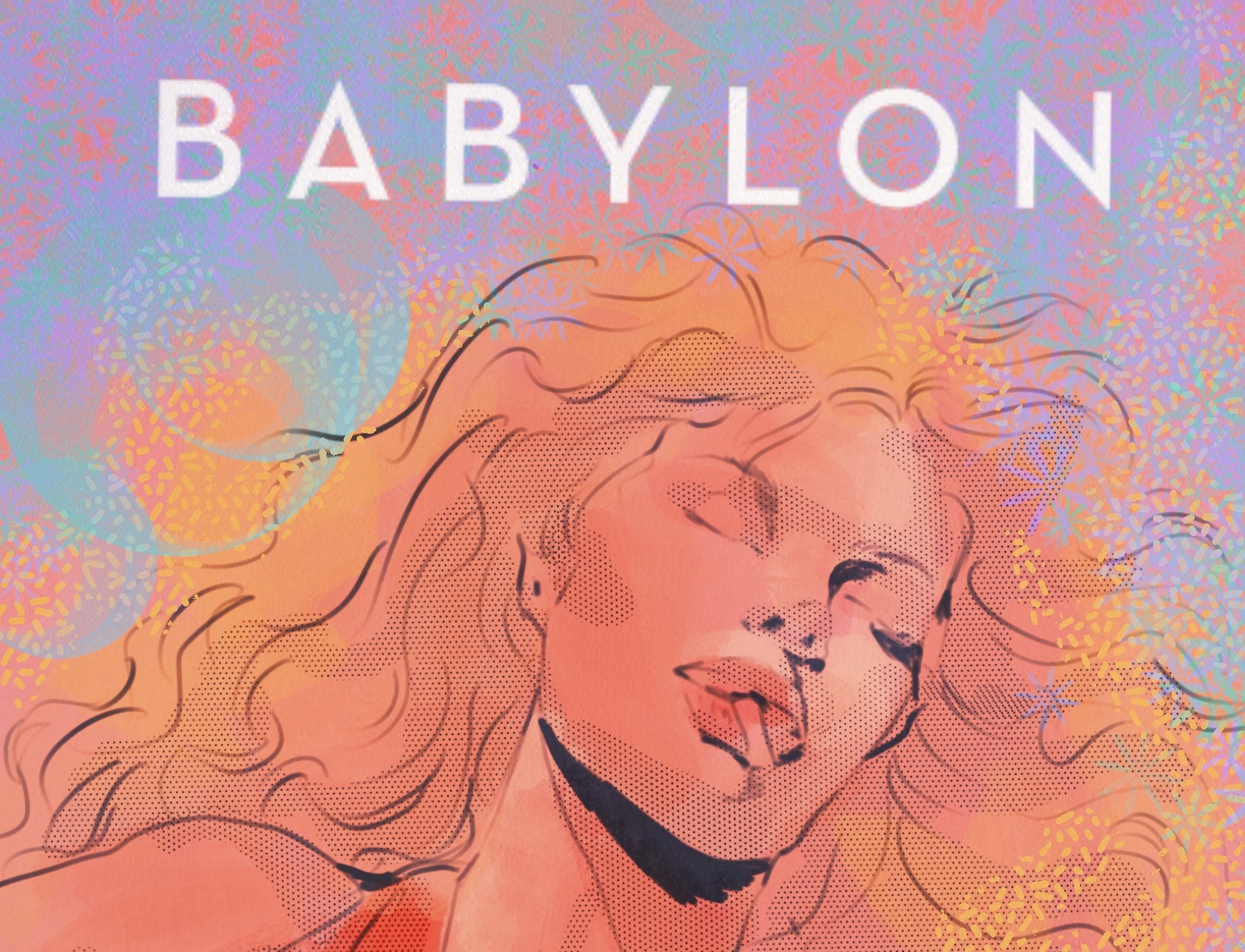After three years of waiting for Damien Chazelle’s next film, “Babylon” has finally been released in theaters. When the project was first announced, studios bid over the acquisition of its rights, which Paramount Pictures eventually won. In November 2022, as the film neared its Christmas day release date, the marketing team held multiple advance screenings for the press and influencers. While most of the reactions were positive, it was difficult to tell whether the film would appeal to audiences due to how brief the reviews were.
A month later, the film review embargo lifted to reveal a shocking mix of responses from critics. The highly anticipated movie received a 56 % on rotten tomatoes. In addition, the film only earned 3.6 million dollars at the domestic box office in its opening week, compared to a production budget of 75-80 million dollars. “Babylon” disappointed speculators by receiving only three nominations for its score, costume, and production design, which was not enough to persuade mainstream audiences to watch it. Skeptics believed the film would lose its audience’s interest quickly, and they rated it a “C+” on CinemaScore.
This negative reception lasted until cinephiles evaluated “Babylon” on social media. Many film buffs expressed their love for the movie on Twitter and Letterboxd, an app that allows people to review and share their thoughts on any film. Currently, “Babylon” holds a growing 3.9 average rating on the app. Fans have shared clips on Twitter that showcase the high quality of the movie’s direction, score and acting. This uptick in praise from movie lovers has generated hope that mainstream audiences will give the brilliantly shot “Babylon” a second chance.
“Babylon” follows Manny Torres, played by Diego Calva, as he works to become part of the rising film business during its silent era in the 1920s. Along the way, he meets and falls in love with Margot Robbie’s Nellie LaRoy, an aspiring actress. Both share the same dream of working in the film industry. Torres also forms a bond with the established actor Jack Conrad (Brad Pitt), who he works for as an assistant. However, their lives change as the art form transitions from silence to sound, marking the beginning of what is known as the “talkie” era.
As the film tackles Hollywood’s transition into the talkie era, it visually informs modern audiences about the industry’s history. Chazelle captures the chaotic energy of the roaring ’20s through camera movement. This includes the parties that celebrities and aspiring actors would sneak into to network with executives. Chazelle uses long takes to make these parties immersive; through his camera work, the audience feels as though they are attempting to move around the crowded room to get to the other side of the party.
In one instance, Chazelle has the audience follow Torres’s perspective as a server while he navigates the chaotic environment of a party and attempts to keep it stable. During a long take, Torres runs down the stairs and around crowds of people doing cocaine and dancing along to upbeat jazz music. The audience can feel Torres’s stress over handling many responsibilities and can see how he hustles to prove his worth and get involved in the industry. In addition, these well-executed long takes satisfy cinephiles by providing a glimpse of how chaotic the industry was in the early ages of their favorite art form.
Aside from Chazelle’s long takes, the director also uses quick edit cuts to depict the stress of the transition to producing films with sounds. These stylistic choices make the audience empathize with the frustrated talent, who must adapt to a completely silent environment to capture dialogue from the actors’ performances. After the success of the first talkie picture, “The Jazz Singer,” the film jump cuts to a soundstage containing a new piece of required equipment: a microphone. LaRoy and her crew members attempt to make a short film with sound by doing a quick one-minute scene of her playing a college student making a phone call. However, the characters must do several takes of the scene due to the crew accidentally, but repeatedly, ruining the sound quality. These issues include LaRoy not hitting her cue to deliver her lines into the microphone above her, a crew member loudly coming into the soundstage, and another crew member accidentally sneezing.
Chazelle conveys the stress of having to redo these shots by showing each failed take. The scene starts with the production assistant coming into the center frame with a huge slate to record the take. It then transitions to a close-up of the director swaying her hand to queue LaRoy’s entrance. LaRoy enters with a close-up of her brown and beige heels walking to the white marker on the floor. As she hits her mark, she drops her matching brown luggage in another close-up. The frame transitions to a wide shot of LaRoy smiling slightly and saying “Hello college” right before a crew member accidentally interrupts offscreen. Each subsequent shot shows the laborious process of making a film. Chazelle immerses the audience in the frustration of the actors, showing their growing agitation with each imperfect scene. The actress starts the takes by saying “action” confidently, but by the sixth take she sounds exhausted. The inclusion of Justin Hurwitz’s loud and catchy jazz score captures the chaotic energy of the new filming process.
Chazelle’s direction makes “Babylon” a love letter to cinema. It’s bound to become a timeless classic for the way it covers the many perspectives and critiques of Hollywood’s modernization. These critiques extend to the modern-day industry and include the film industry’s slow transition to high-class, fancy parties, devoted fandoms, and a demonstrable lack of representation among minority artists. The film continues to win over cinephiles through Chazelle’s nuanced and timeless portrayal of the movie industry. Through “Babylon,” audiences can learn from the medium that helps them escape their reality.

















